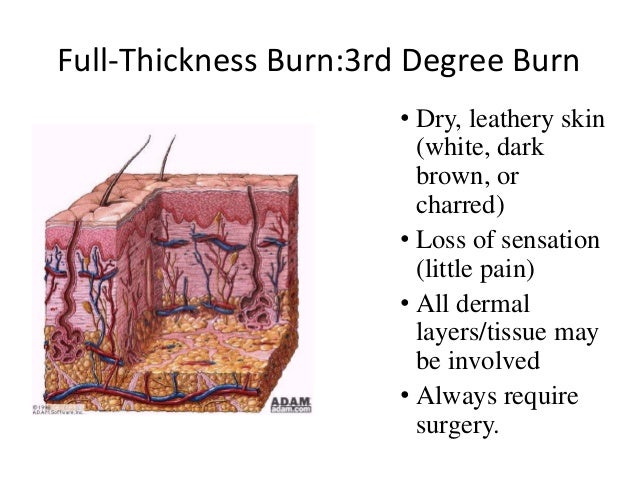
Furthermore, the burn wound provides a vast area of entry of surface infection with a high risk of septic shock. If the fluids are not adequately restored burn shock develops. The continuous loss of fluid from the blood circulation within the thermally damaged tissue causes increased haematocrit levels and a rapid fall in plasma volume, with decreased cardiac output and hypoperfusion on the cellular level. Furthermore changes of the interstitial tissue after burn trauma are of great importance. The morphological interpretations of the changes in the functional ultrastructure of the bloodlymph barrier following thermal injury seem to be an increase in the numbers of vacuoles and many open endothelial intercellular junctions. Prostaglandins inhibit the release of norepinephrine and may thus be of importance in modulating the adrenergic nervous system which is activated in response to thermal injury. Damage to the cell membranes partly caused by oxygen-free radicals released from polymorphonuclear leucocytes would activate the enzymes catalyzing the hydrolysis of prostaglandin precursor (arachidonic acid) with rapid formation of prostaglandin as the result. The earliest stage of vasodilatation and increased venous permeability is commonly due to histamine release. These reactions are due to the direct heat effect on the microvasculature and to chemical mediators of inflammation.

The pathophysiology of the burn wound is characterized by an inflammatory reaction leading to rapid oedema formation, due to increased microvascular permeability, vasodilation and increased extravascular osmotic activity.


 0 kommentar(er)
0 kommentar(er)
